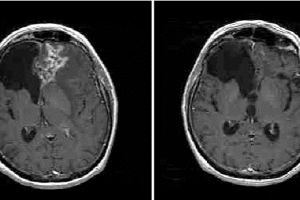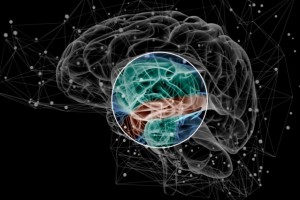Deciphering how the brain encodes color and shape
There are hundreds of thousands of distinct colors and shapes that a person can distinguish visually, but how does the brain process all of this information?
There are hundreds of thousands of distinct colors and shapes that a person can distinguish visually, but how does the brain process all of this information? Scientists previously believed that the visual system initially encodes shape and color with different sets of neurons and then combines them much later. But a new study from Salk researchers, published in Science on June 27, 2019, shows that there are neurons that respond selectively to particular combinations of color and shape.
"New genetic sensors and imaging technologies have allowed us to more thoroughly test the link between visual circuits that process color and shape," says Edward Callaway, senior author and professor in Salk's Systems Neurobiology Laboratory. "These findings provide valuable insight about how visual circuits are connected and organized in the brain."
Similar to a digital camera sensor, light-sensitive cells in the eye (photoreceptors) detect wavelengths of light within specific ranges and at particular locations. This information then travels through the optic nerve to neurons in the visual cortex that interpret the information and begin to decipher the contents of the picture. Scientists long thought that color and shape were extracted separately and then combined only at the highest brain centers, but the new Salk research shows that they are combined much earlier.
Read more here.





Related Posts